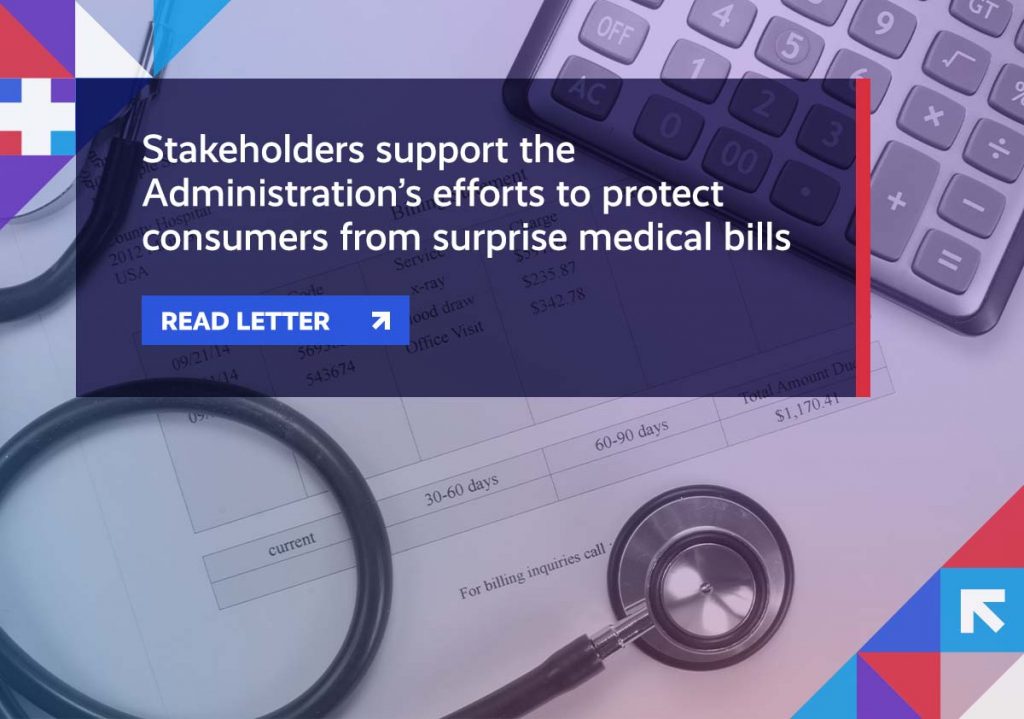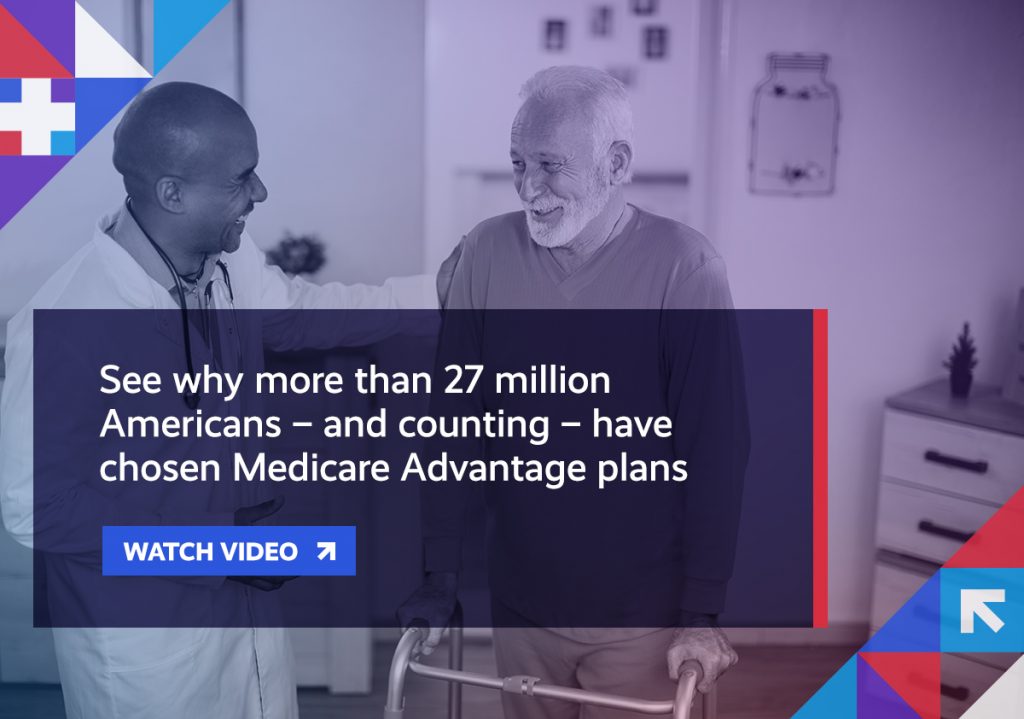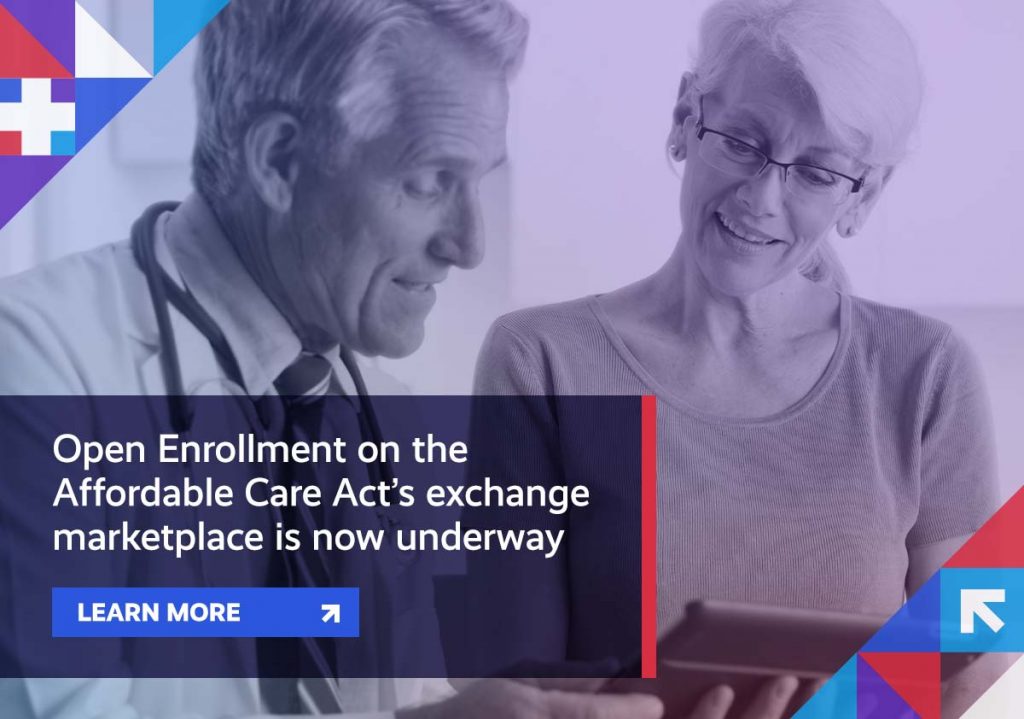Changing the conversation surrounding “white-bagging”; hospital prices are anecdotally arbitrary; stakeholders come to the defense of the Medicare Advantage program; and, a new study shows Big Pharma spending more on marketing and promotion than R&D.
We encourage you to We encourage you to stay involved as implementation efforts surrounding healthcare reform progress. Visit the Health Action Network and be sure to let us know what’s on your mind.
Item of the Week

Week in Review
Hospital Rx Markups: When it comes to healthcare costs, there’s no shortage of opinion on who in our current delivery model bears the lion’s share of the responsibility for driving up those costs. While a lot of attention has justifiably focused on the pharmaceutical industry and their relentless price-hikes, a growing body of evidence has firmly established that hospitals are, in fact, the single largest driver of healthcare costs in this country. One area in particular that bears this out is in how hospitals markup the prices of the drugs that they administer to patients. As covered in a recent newsletter, this issue has quickly asserted itself as a particular point of abrasion between providers and health plans, the latter of which have worked to insulate consumers from these excessive charges through the use of a practice known as “white-bagging”. Despite the rhetoric used by hospitals to denounce this practice, white-bagging simply refers to the manner in which patient-specific medicines are distributed prior to being administered in a hospital setting. These are most often oncology drugs or other costly injectable or infusible medications, that benefit from being distributed directly from specialty pharmacies that are better equipped to handle these drugs, rather than from hospitals’ pharmacies. Given the highly-specialized nature of these treatments, hospitals unsurprisingly have exploited the administration of these medicines to their advantage, significantly marking up the costs of these drugs. White-bagging disallows this by distributing these medicines, instead, directly through these specialty pharmacies, without any compromise to patient safety, circumventing hospitals’ ability to upcharge for the delivery and administration of these drugs. In addition to protecting patient access to these drugs, the benefit of white-bagging also keeps the costs associated with these medicines lower than they would otherwise be if hospitals were allowed to maintain control of their distribution. The debate surrounding this issue is only going to heat up, with states – such as Wisconsin and Florida – considering proposals aimed at banning the practice. So, it’s important that consumers aren’t misinformed and understand that white-bagging not only reduces costs, but does not compromise patient safety.
Hospital Prices: Along those lines, a new report from the Health Care Cost Institute (HCCI) shows that healthcare spending for working Americans reached an all-time high in 2019 as a result of high prices. According to HCCI researchers, the average annual amount spent by individuals with employer-sponsored healthcare coverage that year was just over $6,000. Further, between 2015 and 2019, spending increased by nearly 22 percent, amounting to $1,074 per person. Over that same period, despite a 12.5 percent decrease in utilization, hospital spending actually went up 14.4 percent. Data like this only furthers the growing narrative surrounding just how arbitrary hospital prices have become. To combat this, the Centers for Medicare & Medicaid Services (CMS) finalized plans last week to increase the fines levied against hospitals for failing to comply with federal price transparency requirements.
MA Defense: With the open enrollment period for Medicare underway, stakeholders are making sure that regulators and policymakers understand the value of the Medicare Advantage (MA) program. That includes health policy experts, who highlight that more MA plans than ever are now offering supplemental benefits in 2022 geared towards addressing health-related social needs, such as food insecurity and transportation. For their part, lawmakers have also found bipartisan agreement, coming together to warn their peers against any cuts to the program. And, not to be forgotten, beneficiaries themselves have spoken to the value that MA has brought to their lives.

Rx Marketing: Despite their assertions to the contrary, a new analysis shows that drug companies continue to spend more money on marketing than on the development of new medicines. In fact, according to AHIP, for seven of the ten largest pharmaceutical manufacturers, last year, according to their own financial filings and annual reports, selling and marketing expenses exceeded what they spent on research and development (R&D). Separately, stakeholders continue to urge lawmakers to hold Big Pharma accountable for their role in rising drug prices. And, early last week, Congressional Democrats in Washington responded, announcing agreement on a broad plan to overhaul the way drugs are paid for in this country.
Spotlight

| You can keep up with the latest by following the Health Action Network on Twitter and by liking us on Facebook. And, be sure to check us out on LinkedIn, too. As always, let us know if there’s something you’d like to see covered in a future newsletter. |
